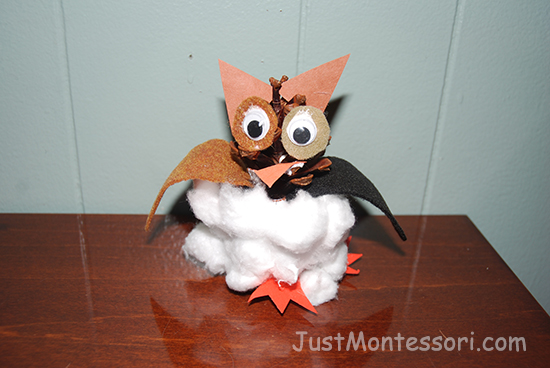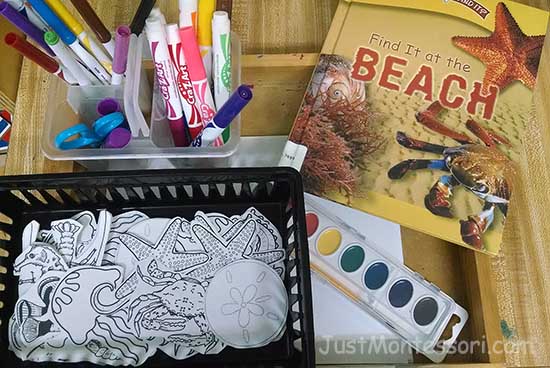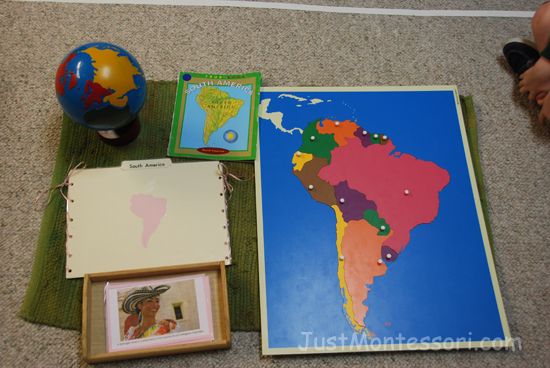We have started talking about the invertebrate group of insects. Bees are another kind of insect. There are about 20,000 species of bees. Some of the ones we may be familiar with are honey bees, bumble bees, and sweat bees. Bees are found all continents except for Antarctica. Bees have two antenna and two pairs of wings. Bees live in colonies and may have up to 40,000 bees in them!
Continue reading “Bees”Category: Zoology

Invertebrate Groups
Last week we introduced invertebrate groups. Now we will focus on spiders!
Continue reading “Invertebrate Groups”
Animal Habitats
Recently we began to introduce biomes or plant and animal habitats.
We learned the names of some biomes found on the earth, such as deserts and forests. A biome is a region with a particular climate where plant and animals live. When we talk about the animals that live in a particular area, we can say it is the animal’s habitat. A pond and a tide pool can be an animal habitat. The tropical rain forest is one habitat that we talked a little bit about when we visited South America. We have learned that the large bodies of water on the earth are oceans. Mammals and fish are some of the animals that you can find living in an ocean habitat. When we visited North America, we talked about some of the animals that live in the Arctic Circle, like polar bears, this is their habitat. What kind of animals do you think live in deserts?
Let’s look at some pictures of animals and decide which habitat they live in.
Continue reading “Animal Habitats”
Reptiles and Trees
We looked at another group of vertebrates that we will talk about this month: reptiles.
Reptiles
Turtles, lizards, snakes and crocodilians are all reptiles. What is it about these animals that make them reptiles? Many reptiles are nocturnal. Reptiles are cold-blooded. Can we remember what that means? All reptiles have lungs and breathe air like you and me. Their skin is covered with dry scales. Most reptiles lay eggs on the ground. As soon as a reptile hatches from its egg, it can take care of itself. They are not like mammal babies, who need a parent to take care of them.
Continue reading “Reptiles and Trees”
Signs of Spring
Spring is just around the corner! It is such a nice time of the year and there is such a variety of unit studies that are commonly talked abut during this season. Baby animals, flowers, insects, gardens, and worms are just some of them. I think I will highlight some ideas for insects for this post, only not include butterflies
Continue reading “Signs of Spring”
Owls
During this month, we discuss the vertebrate group of birds. It is always fun to include owls as a bird of prey to be highlighted. I always like to order some owl pellets for the children to explore.
Continue reading “Owls”
Summer Activities
Summer activities for the classroom or the home often involve an ocean theme. There is so much one can choose from and share with children. A variety of lessons on things related to an ocean theme can be found in Weeks 34-Day 3 through Weeks 36-Day 5 of the curriculum pages. These include lessons on things such as coral reefs, shells, tide pools, crustaceans, and sponges.
Continue reading “Summer Activities”
Rain Forest Animals
As this month continues with the continent of South America, it is an excellent time to talk about the rain forest. I introduce biomes in the coming weeks and include rain forests as a reminder of a biome already discussed. Learning about different animals and providing a variety of art activities on some of these animals are much enjoyed by children.
Continue reading “Rain Forest Animals”
Birds
During this month vertebrates continue with lessons on birds. We learn that all birds have feathers. It is fun to discover that it is not flying that makes an animal a part of the bird vertebrate group, but it’s feathers. On different days a lesson will focus on various things about birds, such as bird songs, beaks, parts of a feather, and nests. Children can observe some bird nests on the zoology shelf using a magnifying glass as well.
Continue reading “Birds”
Butterfly Fun
I have been thinking about some of the things I enjoy doing with the children each school year.
One of them are lessons on insects, with butterflies being a favorite. I order caterpillars each year and we learn about butterflies. I usually order from Insectlore.com. Five caterpillars come in the mail and over the many years I’ve done this it has always proved to be successful. I am going to share some photos from the past, since as it happened this school year due to the virus, this is a lesson we did not get to share in.
Continue reading “Butterfly Fun”
